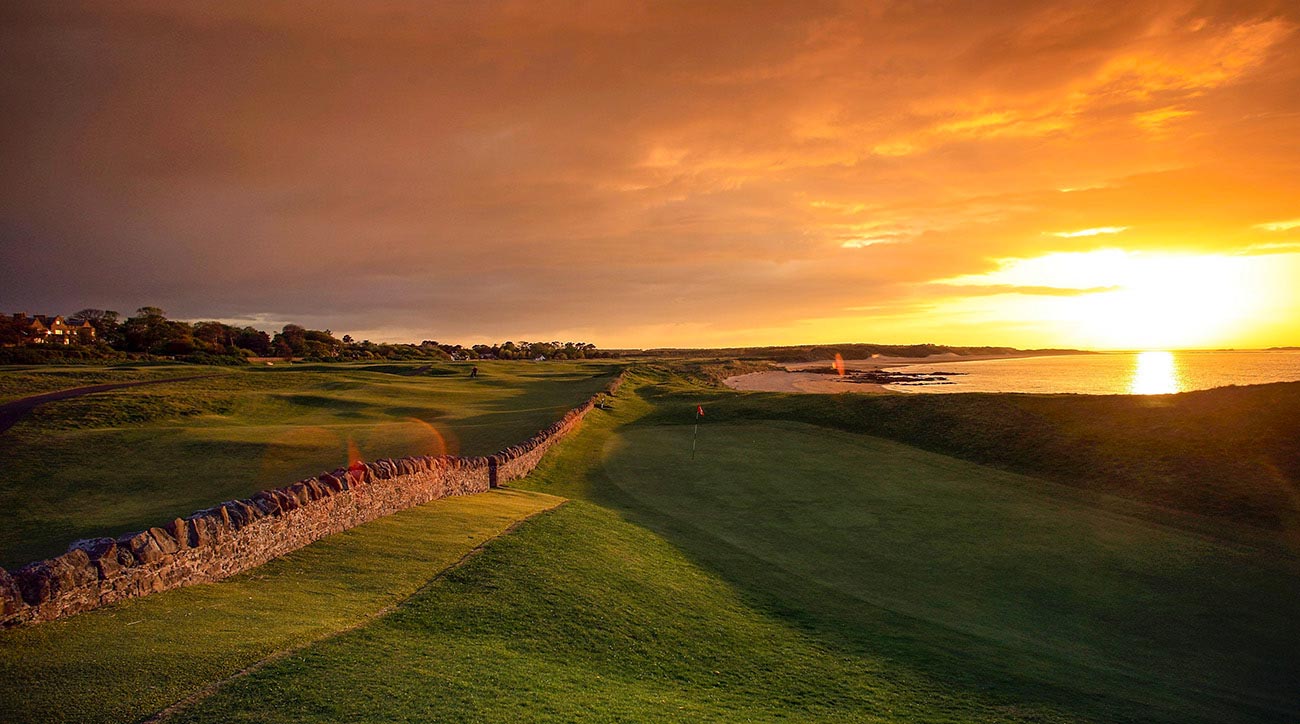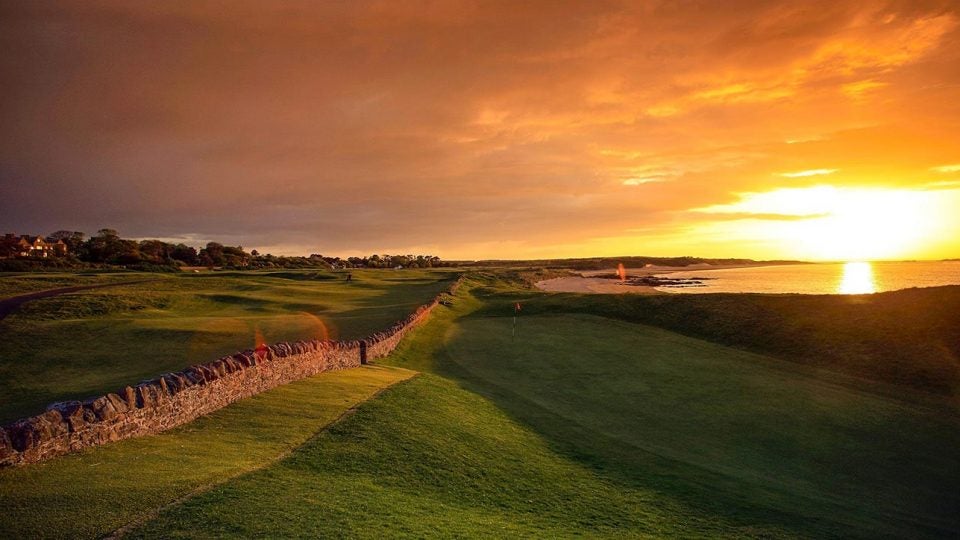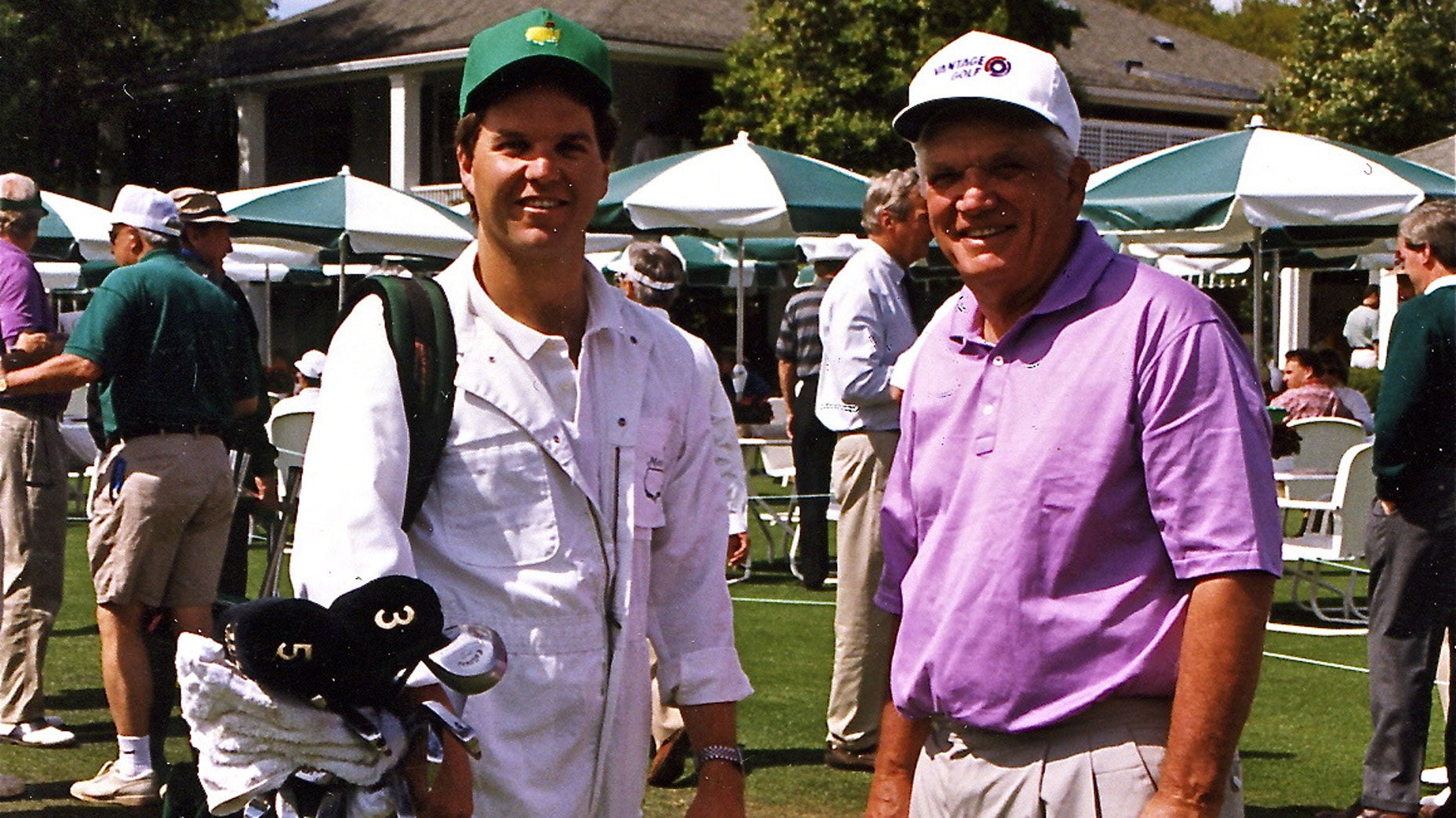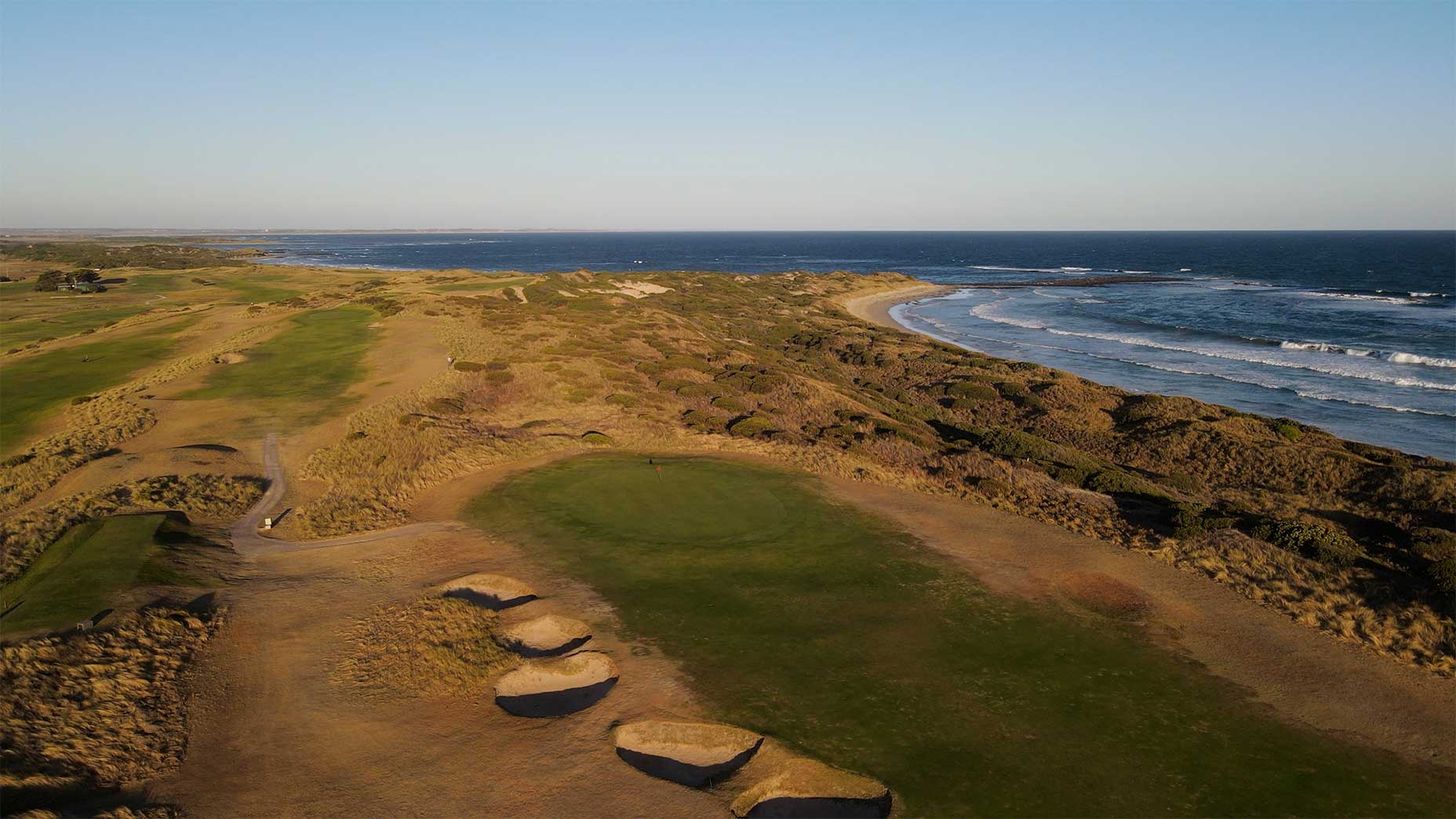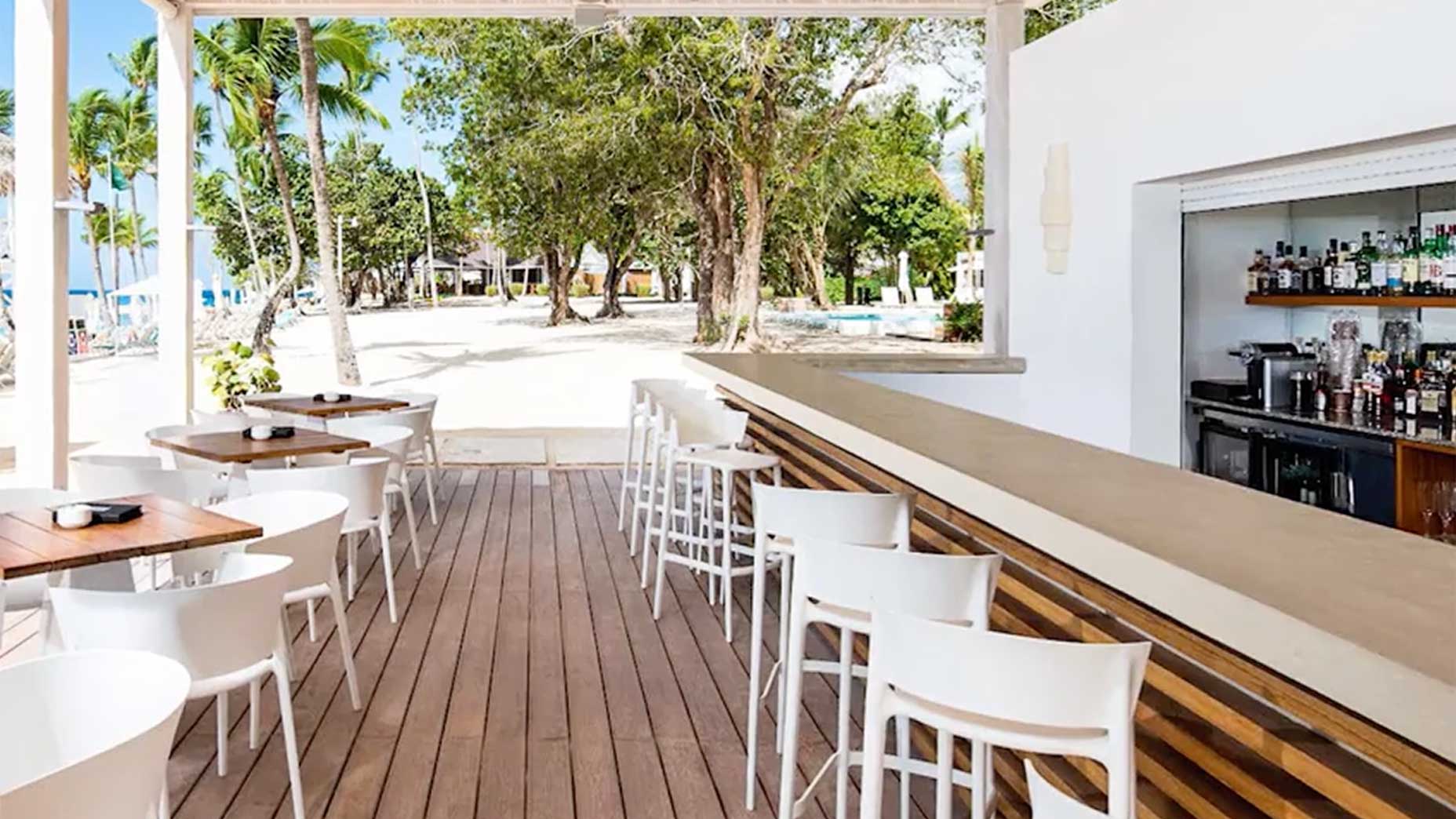These days, social media is crowded with shouters convinced there’s just one right way in course design. But what makes our sport so meaningful for traveling golfers is the infinite variety of our playing fields. Rather than homing in on one “right” kind of design, embrace them all. Don’t knock Harbour Town because its tree-menaced fairways and tiny greens are poker-table flat. Many of us love it because it calls for precision over power and, as with few other courses, asks you to flight and bend the ball.
To the critics gleeful to see Firestone Country Club’s South course exit the Tour schedule after nearly 60 years, tsk-tsk. Are its many parallel fairways and elevated greens repetitive? Perhaps. Does it embody a graceful style, with gimmick-free shot values that players enjoy? Absolutely.
Naysayers nitpick the artificial features that fortify hazards or greens (like the rocks at Bay Hill or PGA West) but fawn over the stone wall at the 13th green at Scotland’s North Berwick. Absurd.
Then there’s the “natural” vs. “manufactured” debate. It’s often said there are no straight lines in nature. As my favorite Golden Age architect, Alister MacKenzie, put it, “The chief object of every golf architect…worth his salt is to imitate the beauties of nature so closely as to make his work indistinguishable from nature itself.” Yet there’s today’s trendy hero worship of 1920s greats C.B. Macdonald and Seth Raynor, with their straight lines and sharp edges.
To MacKenzie’s salt, I say pepper is okay. There’s no single correct design template. As my brother-in-law likes to say about courses, “It’s all ice cream. It’s all good. Some people just like chocolate more than vanilla and strawberry, and there are different kinds of chocolate out there.” So savor every flavor you can.
